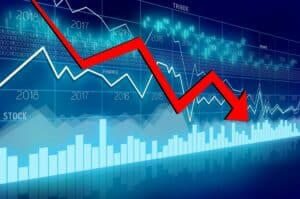On Tuesday, cocoa prices reported slight gains amid support from a supply reduction in the Ivory Coast as farmers shipped lower outputs.
Cocoa futures for September delivery went up by 0.15% to $3,364.00 per metric ton on July 18’s Asian afternoon session.
According to farmers, they exported 2.29 MMT of the crop from October 01 to July 16, lower by -2.60% year-on-year. Besides, the Ivory Coast is the top producer of the leading chocolate ingredient in the world.
Moreover, the outlook for weaker supplies boosted prices. From October to July, the coast’s 2023/24 cocoa sales fell by -13.30% YoY.
Also, the El Niño weather phenomenon pulled up the commodity’s value since it can potentially cut global production.
In addition, the global economy’s reopening from the pandemic issues helped increase cocoa confectionery product demand. Based on analysts, dollar sales of chocolate went up by 10.00% from the previous year. Researchers forecasted a 5.80% increase in product sales in 2023 to almost $26.00 billion.
On the bearish side, more robust supplies from Nigeria could weigh down prices. This came after news reported a 65.00% YoY export increase to 20,675 tons. Besides, Nigeria ranks fifth as the world’s top cocoa bean producer.
Furthermore, higher London inventories pressured prices. Stockpiles in the European port warehouses rose 2,920 MT to 173,780 MT.
Ghana Cocoa Prices Reach 46-Year High
Ghana cocoa prices showed noticeable increases, hitting a 46-year high on London and New York markets. According to experts, the uncertainties around supply deficits support its values.
As reported, the chocolate-making beans from Ghana and the Ivory Coast are traded with the highest premium. Coming in next are the beans from Ecuador and Nigeria. However, African origins have a higher premium in the United States than in Ecuador.
Based on ICCO’s report, the availability of cocoa from the two West African nations may keep experiencing crop concerns. These include unfavorable growing conditions and inflationary pressures affecting farmers, increasing fertilizer costs.
On the other hand, the organization declared the said 46-year high in prices was inaccurate due to inflation. For them, a six-year high is closer to real terms.











